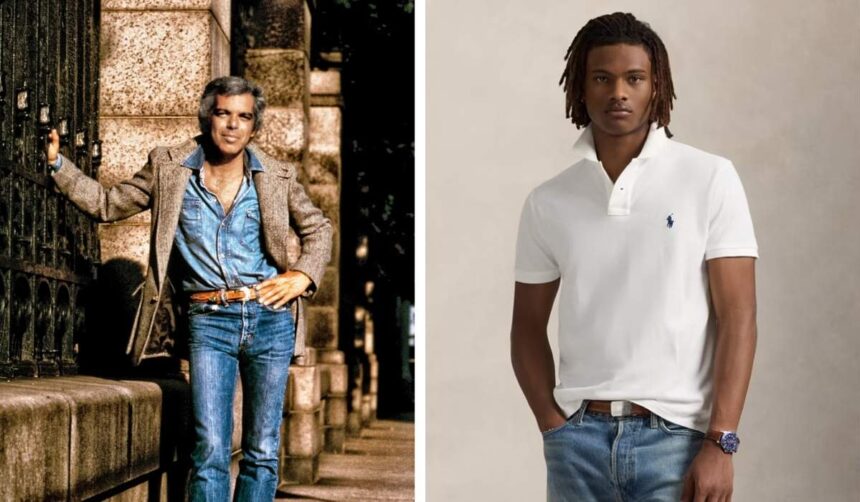Ralph Lauren, originally born Ralph Lifshitz on October 14, 1939, in The Bronx, New York City, was raised in a modest Jewish immigrant family. His father, Frank Lifshitz, emigrated from Belarus, and his mother, Frieda, came from Poland. Growing up in a working-class neighborhood, Lauren developed a strong appreciation for style and personal presentation from an early age. While other children were focused on toys and games, he showed a fascination with fashion magazines and the attire of those around him. His early exposure to clothing design, coupled with his ambition to create a unique personal brand, set the stage for a career that would later define American luxury fashion.
Lauren briefly attended Baruch College, studying business administration, but he did not complete his degree. He realized that his true passion lay in fashion design rather than traditional business. Despite not having formal training in design, he possessed an instinctive understanding of colors, textures, and patterns that allowed him to stand out in a competitive industry. This combination of business acumen and creative vision became the cornerstone of his success.
Quick Bio
| Attribute | Details |
| Full Name | Ralph Lifshitz (professionally Ralph Lauren) |
| Date of Birth | October 14, 1939 |
| Place of Birth | The Bronx, New York City, USA |
| Occupation | Fashion Designer, Executive Chairman |
| Notable Brand | Ralph Lauren Corporation, Polo Ralph Lauren |
| Education | Attended Baruch College (did not graduate) |
| Spouse | Ricky Anne Low-Beer |
| Children | David, Andrew, Dylan |
| Net Worth | Estimated over $7 billion |
| Awards | Numerous fashion and business awards for design and philanthropy |
Career Beginnings and the Launch of Polo
Ralph Lauren began his fashion career in the early 1960s by designing ties. In 1967, he launched his first line of men’s neckties under the Polo brand, which quickly gained recognition for its wide and colorful designs. Unlike the conservative styles that dominated men’s fashion at the time, Lauren’s ties featured bold patterns and an elegant aesthetic that appealed to a sophisticated clientele. He sold his creations to high-end stores, and the positive reception provided him the financial leverage and confidence to expand into a full men’s clothing line.
The introduction of the Polo line marked a pivotal moment in fashion history. Lauren’s designs captured a unique blend of casual American style and European refinement, which would later become his signature. The success of the Polo brand allowed him to launch men’s suits, sportswear, and eventually a women’s collection, solidifying his reputation as a versatile designer with a comprehensive understanding of fashion trends.
Expansion into Women’s Fashion
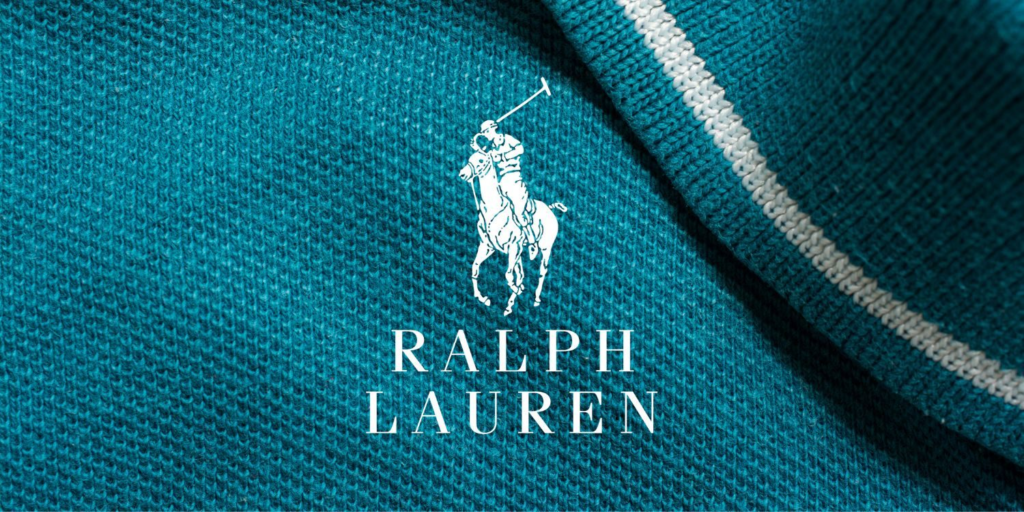
By the 1970s, Ralph Lauren had expanded his vision to include women’s clothing. His first women’s collection emphasized classic silhouettes, luxurious fabrics, and timeless style, reflecting the same principles he had applied to men’s fashion. The collection was designed to appeal to women who desired sophistication without sacrificing comfort. Lauren’s approach to women’s fashion was innovative for its time, as he emphasized versatility and practicality while maintaining a high level of elegance.
Lauren also recognized the importance of branding and lifestyle in fashion. His campaigns often depicted aspirational lifestyles, connecting the clothing to a broader narrative of success, luxury, and refinement. This holistic approach allowed him to create an emotional bond between the consumer and the brand, a strategy that many contemporary designers later adopted.
Creation of the Polo Brand as a Lifestyle
Ralph Lauren was one of the first designers to market fashion as a lifestyle rather than just clothing. The Polo brand grew to include fragrances, home furnishings, and accessories, reflecting a vision of a complete, luxurious lifestyle. His strategy was to make consumers feel that owning Polo products meant experiencing a certain standard of living characterized by elegance, refinement, and success.
Through this approach, Lauren transformed Polo from a mere clothing line into a global brand synonymous with American luxury. Stores designed under his vision often resembled elegant homes or clubs rather than typical retail spaces, further enhancing the aspirational experience for shoppers. This strategy reinforced the perception of Polo as not only a brand but also a symbol of social status and taste.
Innovations and Iconic Designs
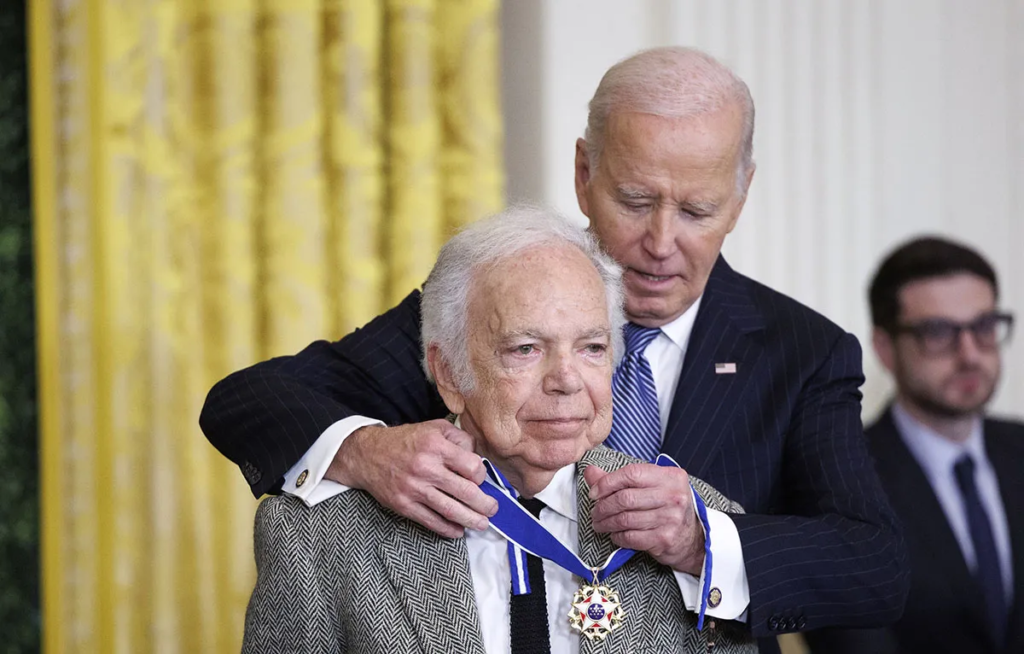
Ralph Lauren’s influence on fashion can be seen through his numerous iconic designs. The Polo shirt, introduced in 1972, became one of the most recognizable garments in fashion history. Its simple yet elegant design, featuring the distinctive polo player logo, represented a new kind of casual sophistication that appealed to men and women alike. Lauren also introduced preppy fashion to mainstream America, emphasizing classic tailoring, sportswear-inspired clothing, and versatile garments suitable for various social occasions.
In addition to clothing, Lauren’s impact extended to interior design and branding aesthetics. His signature color palette, blending muted tones with bold accents, and his attention to detail in fabrics and patterns have influenced generations of designers. Lauren’s ability to merge classic American style with modern elegance remains one of the defining elements of his work.
Philanthropy and Public Service
Beyond fashion, Ralph Lauren has contributed extensively to philanthropy and public service. He has donated millions to cancer research, education, and cultural institutions. The Ralph Lauren Center for Cancer Care and Prevention is a testament to his commitment to health-related causes, and he has been actively involved in raising awareness and funds for various charitable organizations. His philanthropic efforts demonstrate his dedication to giving back to society and using his influence to make a positive impact.
Lauren has also supported programs that preserve art, history, and cultural heritage. His efforts reflect a holistic understanding of his responsibility as a global business leader, emphasizing both creative contributions and social responsibility.
Personal Life and Family
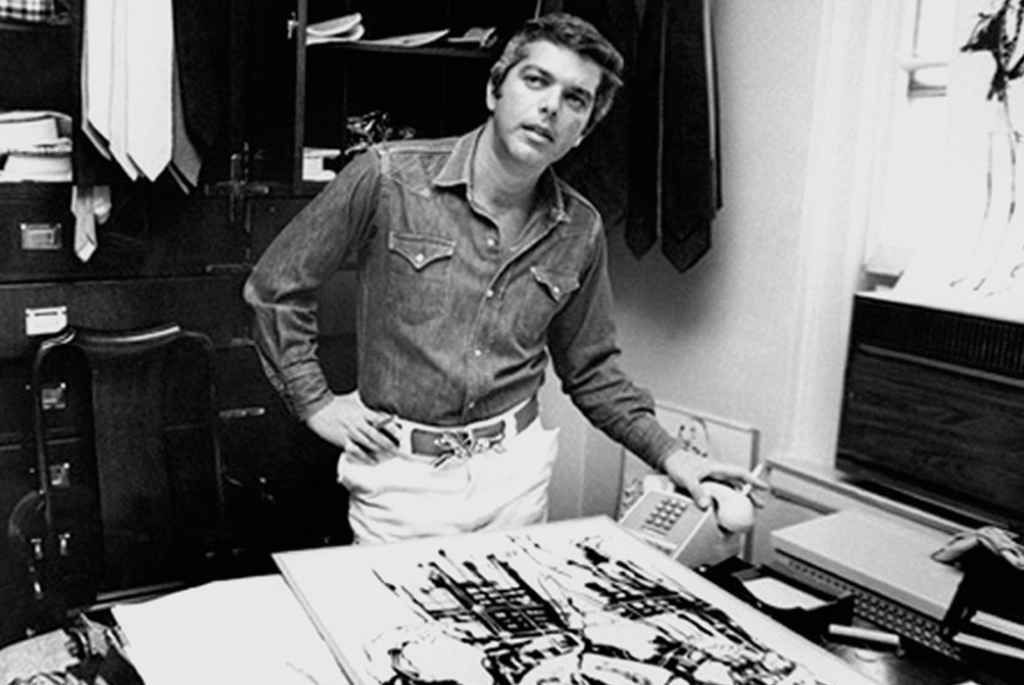
Ralph Lauren married Ricky Anne Low-Beer in 1964, and the couple has three children: David, Andrew, and Dylan. His family has played a significant role in his business, with his children participating in different aspects of the Ralph Lauren Corporation. Despite his immense wealth and success, Lauren has maintained a relatively private personal life, focusing on family and selective public appearances.
Lauren’s home life and personal values have influenced his brand philosophy, emphasizing tradition, elegance, and authenticity. He continues to serve as Executive Chairman of Ralph Lauren Corporation, providing strategic guidance and maintaining the legacy he built over decades.
Business Achievements and Net Worth
Ralph Lauren Corporation has become a global fashion powerhouse, with revenue spanning billions of dollars annually. The company includes multiple brands under the Ralph Lauren umbrella, including Polo Ralph Lauren, Lauren Ralph Lauren, Ralph Lauren Purple Label, and several more. His business acumen, combined with his creative vision, allowed him to expand into international markets while maintaining brand prestige.
As of recent estimates, Ralph Lauren’s net worth exceeds several billion dollars, positioning him among the wealthiest figures in the fashion industry. His strategic decisions in brand diversification, retail expansion, and lifestyle marketing have ensured sustained growth and global recognition.
Awards and Recognition
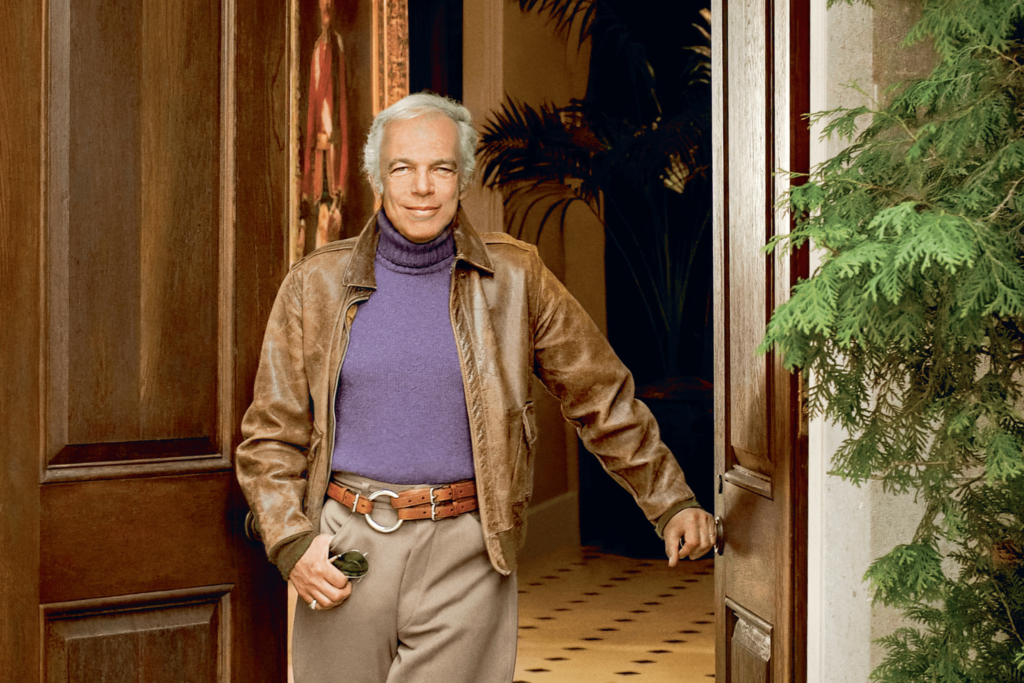
Throughout his career, Ralph Lauren has received numerous accolades for his contributions to fashion and business. He has been honored with awards for design excellence, entrepreneurship, and philanthropy. His influence extends beyond clothing, impacting cultural trends, branding strategies, and the luxury market worldwide. Fashion critics and business analysts alike recognize him as a visionary who transformed American fashion and set new standards for branding and lifestyle marketing.
Legacy and Influence
Ralph Lauren’s legacy is defined not only by the empire he built but also by the cultural impact of his designs. He transformed fashion into a lifestyle experience, blending sophistication with accessibility. Future generations of designers and entrepreneurs continue to study his strategies, from brand storytelling to retail innovation. His influence resonates in fashion education, marketing principles, and global branding standards.
Lauren’s story is one of creativity, perseverance, and visionary thinking. From his modest beginnings in the Bronx to his status as a global icon, he exemplifies how passion, innovation, and strategic thinking can transform an individual into a symbol of cultural and economic success.
Frequently Asked Questions
1. What is Ralph Lauren famous for?
- Ralph Lauren is famous for creating the Polo Ralph Lauren brand and revolutionizing American fashion by introducing preppy, lifestyle-inspired clothing for men and women.
2. How did Ralph Lauren start his career?
- He started by designing men’s neckties in the 1960s and gradually expanded into suits, sportswear, and women’s fashion, eventually establishing his globally recognized brand.
3. What is Ralph Lauren’s net worth?
- Ralph Lauren’s net worth is estimated to be over seven billion dollars, reflecting his successful career as a fashion designer and entrepreneur.
4. What awards has Ralph Lauren received?
- He has received numerous awards for fashion design, entrepreneurship, and philanthropy, recognizing his significant contributions to the fashion industry and society.
5. Is Ralph Lauren still active in his business?
- Yes, Ralph Lauren serves as Executive Chairman of the Ralph Lauren Corporation, providing strategic guidance and maintaining the legacy of the brand he built.


